Here's what we'll cover
Here's what we'll cover
Here's what we'll cover
Often, nontraditional therapy is referred to as alternative or complementary medicine. This type of therapy is not intended as a replacement for traditional therapies but rather is meant to be used in conjunction with them. These therapies can enhance the benefits of traditional therapy. Whether modern or based on ancient forms of healing, nontraditional therapies are powerful and can help reduce stress, promote and enhance relaxation, improve mood, and build confidence.
Ro compiled a list of 10 nontraditional therapies to treat a variety of health conditions using various scientific and medical studies and websites. These therapies use everything—from horses, to play, to light, to essential oils—in order to help patients overcome phobias, improve balance, and speed up healing.
Some date back centuries, while others found their footing in the 20th century. One was thought of as a parlor trick, an early form of entertainment, while another uses play to uncover repressed trauma. Still another uses pressure points in the body to heal.
Keep reading to learn more about 10 nontraditional therapies and how they can benefit you.
1. Equine therapy

Also known as equine-assisted therapy (EAT), equine therapy involves horses and equine activities to treat a variety of health issues. This type of therapy is believed to date back to ancient Greece and has four subtypes: hippotherapy, equine-facilitated psychotherapy (EFP), equine facilitated learning (EFL), and therapeutic riding.
Equine therapy can be used to treat neurological conditions such as spinal cord injuries and mental health-related conditions like attention deficit hyperactivity disorder (ADHD) and anxiety. It is a beneficial alternative therapy that helps to build confidence, balance, self-efficacy, and social skills by forging a bond between the patient and the horse.
2. Play therapy
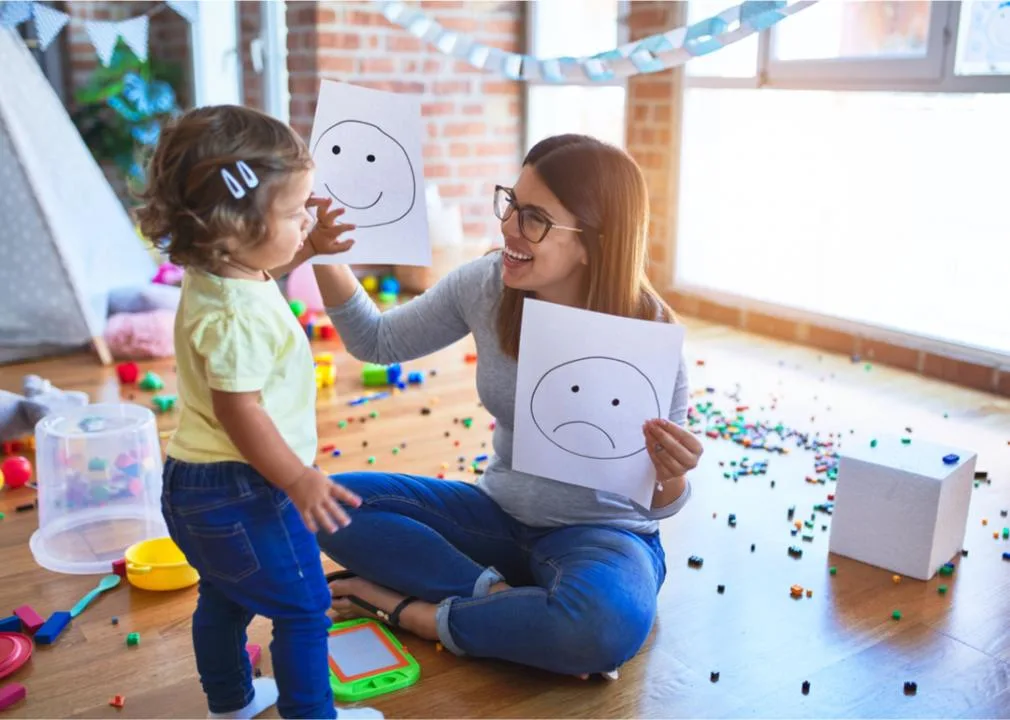
Qualified therapists use play therapy to gain insight by observing and exploring children’s emotions and addressing unresolved trauma. This type of therapy works best for children from 3 to 12 years old, though play therapy can sometimes be used to treat adults, as well Initially, children start with free play, and then a therapist might introduce items related to the child’s situation to explore the issue and help the child work through it. There are many benefits to play therapy, including greater empathy for others, reduced anxiety and stress, stronger social skills, and the development of problem-solving skills and coping strategies. It can be used to treat ADHD and autism spectrum disorders (ASD), as well as problem behaviors, and to address anxiety, depression, and issues such as death or divorce.
3. Music therapy

Music therapy is “the clinical and evidence-based use of music interventions to accomplish individualized goals within a therapeutic relationship by a credentialed professional who has completed an approved music therapy program,” according to The American Music Therapy Association. It can help with stress and pain management, emotional dysregulation, reduction in anxiety and depression, and can help to boost mood and memory. This type of therapy can involve writing songs, listening to music, making music, or discussing music. Music therapy can be combined with other approaches like cognitive behavioral therapy (CBT) to treat many conditions, including depression and anxiety. There are several benefits to music therapy, including lower heart rate and blood pressure, releasing endorphins that improve mood, and activating certain regions of the brain.
4. Acupuncture
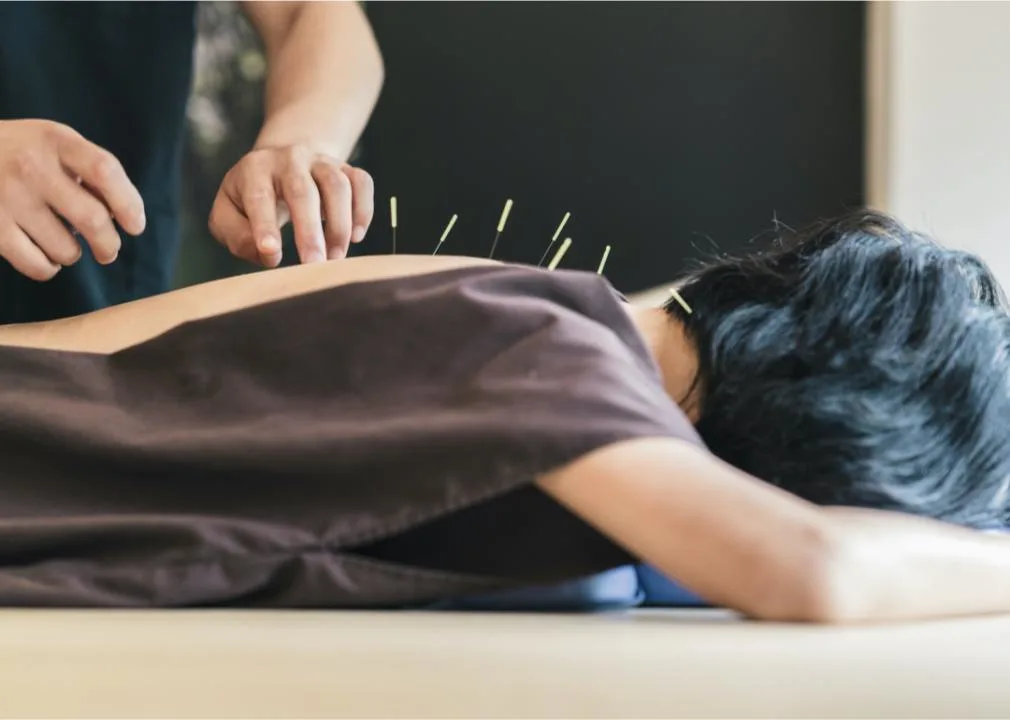
A traditional component of Chinese medicine, acupuncture stimulates specific pressure points in the body by inserting thin metal needles into it. Acupuncture is used to treat and manage pain, as well as to help with overall wellness and stress reduction. Disruption to the body’s energy flow, or chi, impacts overall health and wellness, which acupuncture can help restore. This alternative therapy is also used to treat addiction, headaches, asthma, and menstrual cramps. Acupuncture has few side effects when performed by a certified acupuncture practitioner who uses sterilized needles.
5. Art therapy
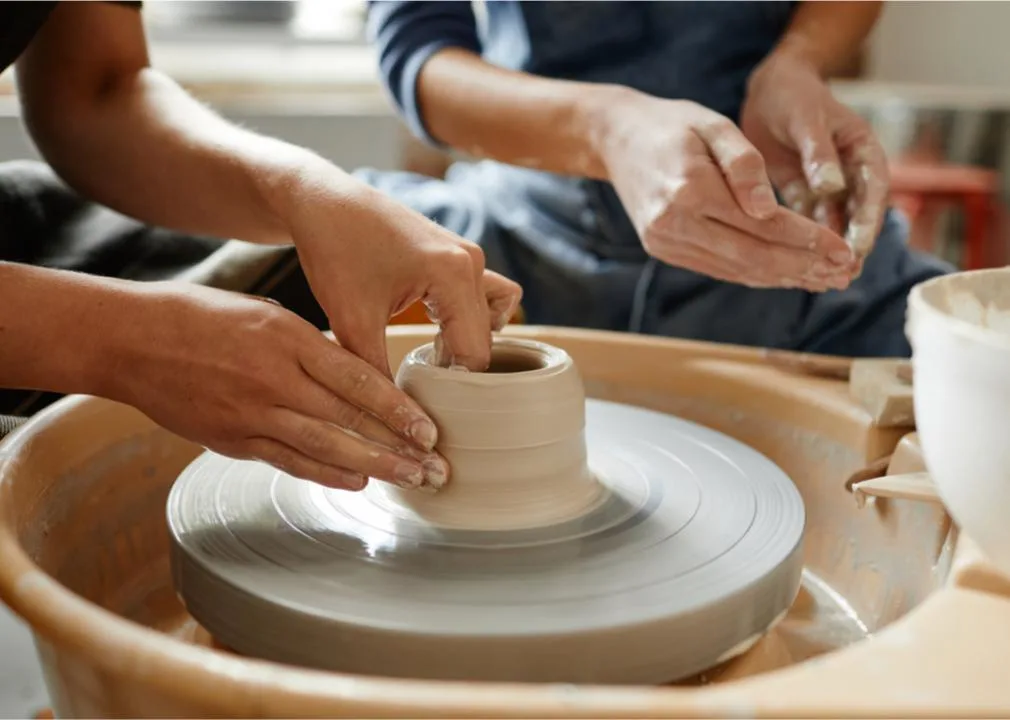
Art therapy is influenced by both art and psychology. This form of therapy uses creative expression to enhance well-being and positively impact mental and physical health. Patients use art in a variety of forms to explore their emotions, come to terms with unresolved conflict and trauma, improve social skills, raise self-awareness, and build self-esteem. This type of therapy can help those suffering from anxiety, depression, cancer, addiction issues, eating disorders, and heart disease. The following techniques can be used in art therapy: painting, sculpting, drawing, doodling, and collage-making, to name but a few.
6. Aromatherapy
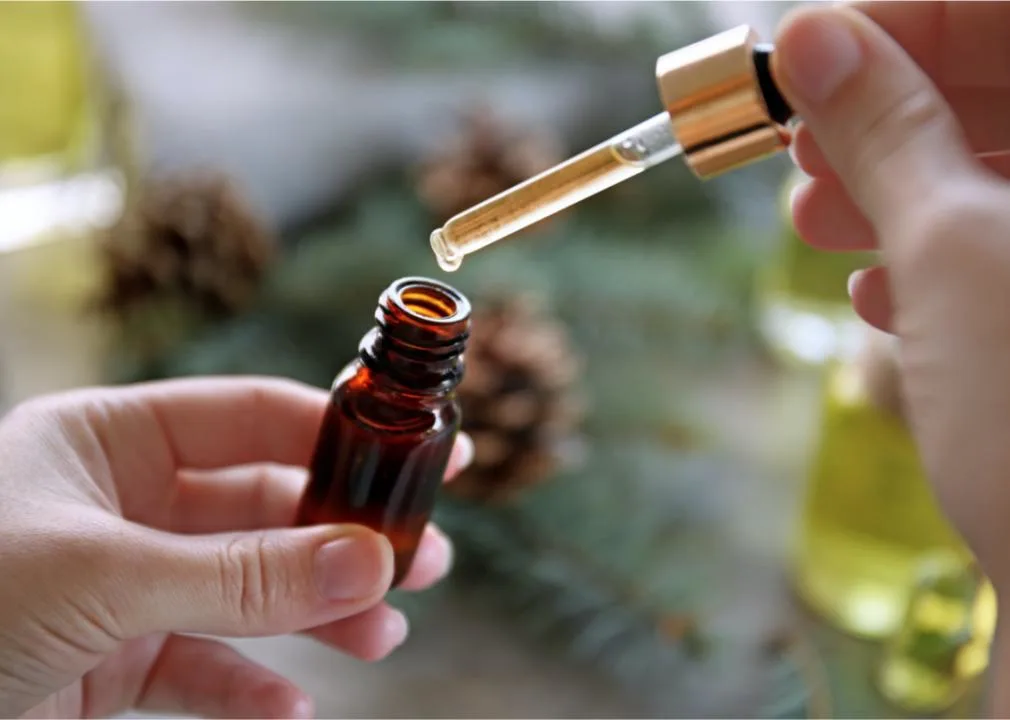
Aromatherapy is the use of essential oils to improve physical and emotional health and well-being. Oils are rubbed on the skin or inhaled. This alternative therapy is often used in conjunction with traditional medical and psychological treatments. Aromatherapy is often used to reduce anxiety and depression and to help with the management of physical pain. One 2018 lab study from the Johns Hopkins Bloomberg School of Public Health found there were specific essential oils that killed a type of Lyme disease bacterium better than antibiotics, though the results in the human clinical trials were mixed.
7. Reiki
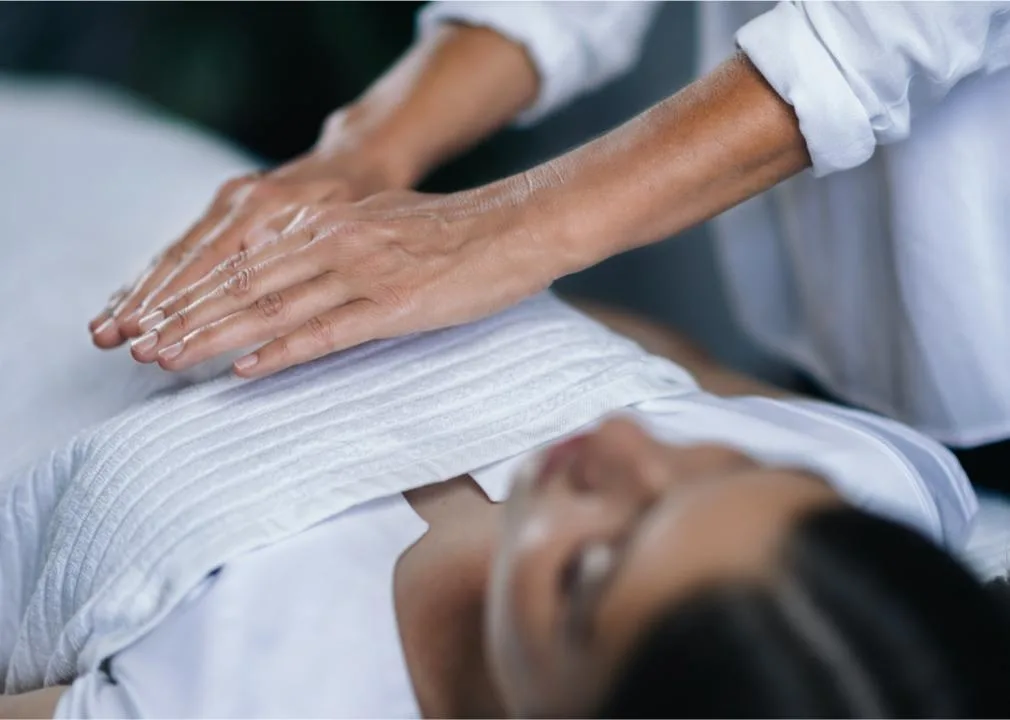
A safe and gentle hands-on energy-based healing practice, reiki is noninvasive and is often combined with other medical interventions to aid physical and mental health. Dating back to 1920s Japan and the teachings of Mikao Usui, this nontraditional therapy is a form of energy healing. Practitioners lay their hands on or above specific areas of the body to remove blocks. Reiki can be used to promote and enhance relaxation, reduce stress, and relieve and reduce pain. Used as a complementary therapy method, reiki can be added to a regimen of supportive medical and therapeutic practices.
8. EMDR therapy

EMDR, or eye movement desensitization and reprocessing, is a nontraditional form of psychotherapy. A newer treatment option introduced in 1987 by California psychologist Francine Shapiro, EMDR has become popular in the treatment of post-traumatic stress disorder. It has also been successful in the treatment of phobias, anxiety, and even psychosis. According to the American Psychological Association, this structured therapy, “encourages the patient to briefly focus on the trauma memory while simultaneously experiencing bilateral stimulation—typically eye movements—which is associated with a reduction in the vividness and emotion associated with the trauma memories.”
9. Light therapy
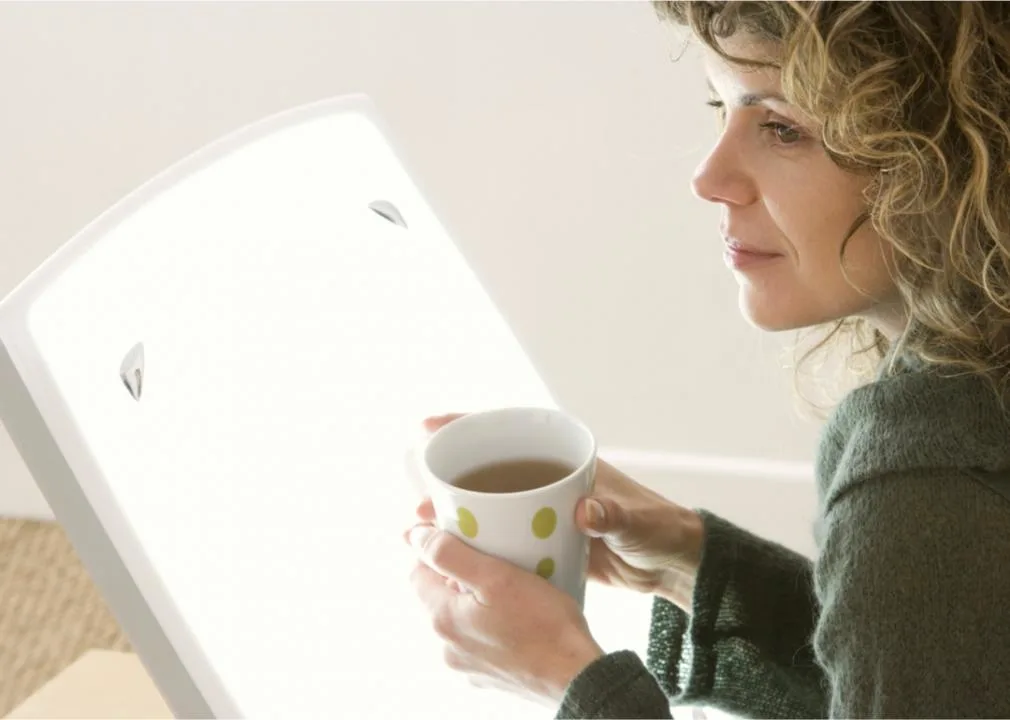
Using exposure to daylight or artificial light, light therapy is often used to treat seasonal affective disorder (SAD). SAD is a type of depression that occurs with a change in season when there is less daylight. Treatment usually begins in the fall and continues into the spring. A light therapy box is used to mimic the effect of natural daylight, which can impact chemicals in the brain that are linked to sleep and mood. Light therapy is also used in the treatment of sleep disorders, jet lag, depression, and dementia. This therapy can also be used in the treatment of skin conditions, though ultraviolet light is used for the skin conditions and not in other types of light therapy treatments because this light can damage the eyes.
10. Hypnotherapy
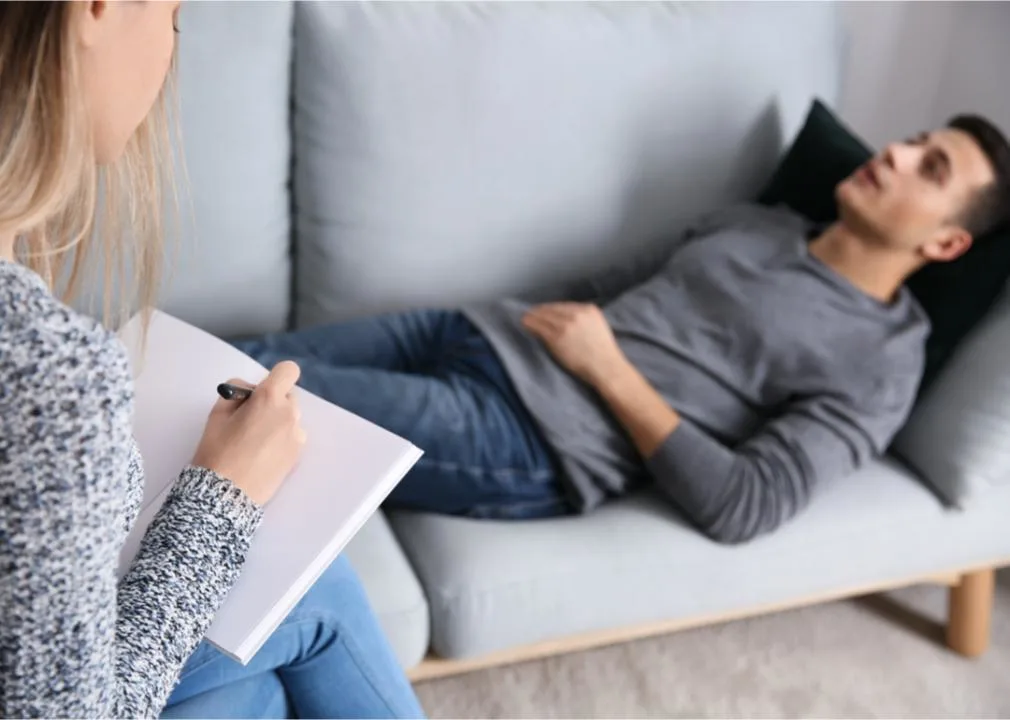
Hypnotherapy, or hypnosis, uses intense and focused concentration and attention along with guided relaxation to help patients achieve a heightened sense of awareness and enter a trancelike state. This allows them to explore potentially suppressed emotions and memories. It also makes people more susceptible to suggestions, which can help them to extinguish bad habits or behaviors such as smoking. Hypnotherapy is often used to treat and manage other conditions such as anxiety, phobias, depression, and sleep disorders, as well as to manage pain. While it has often been seen as a form of entertainment, hypnosis has documented therapeutic benefits when done by trained mental health care professionals.
DISCLAIMER
If you have any medical questions or concerns, please talk to your healthcare provider. The articles on Health Guide are underpinned by peer-reviewed research and information drawn from medical societies and governmental agencies. However, they are not a substitute for professional medical advice, diagnosis, or treatment.










